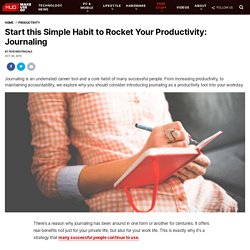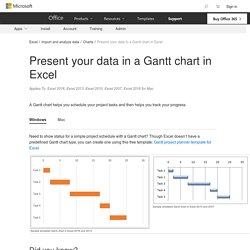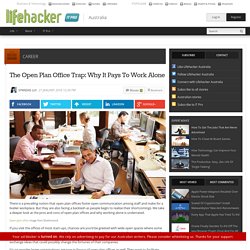

Workplace interruptions lead to physical stress. Pomodoro Technique. A Pomodoro kitchen timer, after which the method is named The Pomodoro Technique is a time management method developed by Francesco Cirillo in the late 1980s.[1] The technique uses a timer to break down work into intervals, traditionally 25 minutes in length, separated by short breaks. Each interval is known as a pomodoro, from the Italian word for 'tomato', after the tomato-shaped kitchen timer that Cirillo used as a university student.[2][3] The technique has been widely popularized by dozens of apps and websites providing timers and instructions. Closely related to concepts such as timeboxing and iterative and incremental development used in software design; the method has been adopted in pair programming contexts.[4] Description[edit] There are six steps in the original technique: For the purposes of the technique, a pomodoro is the interval of time spent working.[1] After task completion in a pomodoro, any time remaining could be devoted to activities such as: Cirillo suggests:
If Time-Tracking Apps Don't Work for You, Try a Productivity Journal. Monitoring how you spend your time leads to a wealth of useful information: It can tell you what time of day you're most productive, help you create better estimates for how long tasks will take, and show you what activities you'd have to cut to focus your energy on a new idea or project.
The most precise way to monitor how you spend your time is to use a time-tracking app. But these apps require a lot of overhead. You have to diligently log your hours (or make sure your app is logging them correctly) and sort your tracked time into categories. You have to pause after every task—no matter how brief—to capture time spent accurately. Start this Simple Habit to Rocket Your Productivity: Journaling. There’s a reason why journaling has been around in one form or another for centuries.

It offers real benefits not just for your private life, but also for your work life. This is exactly why it's a strategy that many successful people continue to use. Many managers may well roll their eyes at the thought of employees “wasting time” by keeping a journal. But in many careers, like science, engineering, and medicine, journaling -- or a form of it -- is a core part of the job description. From increasing productivity, to maintaining accountability, this article explores why you should consider introducing journaling as a productivity tool into your workday, while listing the best apps and sites to get your started.
What Is Journaling? Journaling comes in many formats. This can be an expression of what you’ve done, what you need to do, conversations you’ve had, ideas you’re exploring, daily affirmations, etc. Present your data in a Gantt chart in Excel. Need to show status for a simple project schedule with a Gantt chart?

Though Excel doesn’t have a predefined Gantt chart type, you can create one using this free template: Gantt project planner template for Excel Need to show status for a simple project schedule with a Gantt chart? Though Excel doesn’t have a predefined Gantt chart type, you can simulate one by customizing a stacked bar chart to show the start and finish dates of tasks, like this: To create a Gantt chart like the one in our example that shows task progress in days: Select the data you want to chart. If you don’t need the legend or chart title, click it and press DELETE. Customize your chart You can customize the Gantt type chart we created by adding gridlines, labels, changing the bar color, and more.
To add elements to the chart, click the chart area, and on the Chart Design tab, select Add Chart Element. Forget big change, start with a tiny habit: BJ Fogg at TEDxFremont. The Open Plan Office Trap: Why It Pays To Work Alone. There is a prevailing notion that open plan offices foster open communication among staff and make for a livelier workplace.

But they are also facing a backlash as people begin to realise their shortcomings. We take a deeper look at the pros and cons of open plan offices and why working alone is underrated. Open plan office image from Shutterstock If you visit the offices of most start-ups, chances are you’d be greeted with wide open spaces where some people don’t even have their own desks (hot-desking is so hot right now, natch). Gone are the ugly cubicles that had been an institution in offices for so long. It’s no wonder larger organisations are now in favour of open plan offices as well. Not only that, open plan layouts can reduce costs associated with buying and installing office furniture, equipment and utilities. So there are some business advantages to ditching the cubicle, but an open plan office isn’t this perfect work paradise where everything just works seamlessly together.
The "Perfect" GTD Desk. Getting Things Done®, GTD® and David Allen & CO.